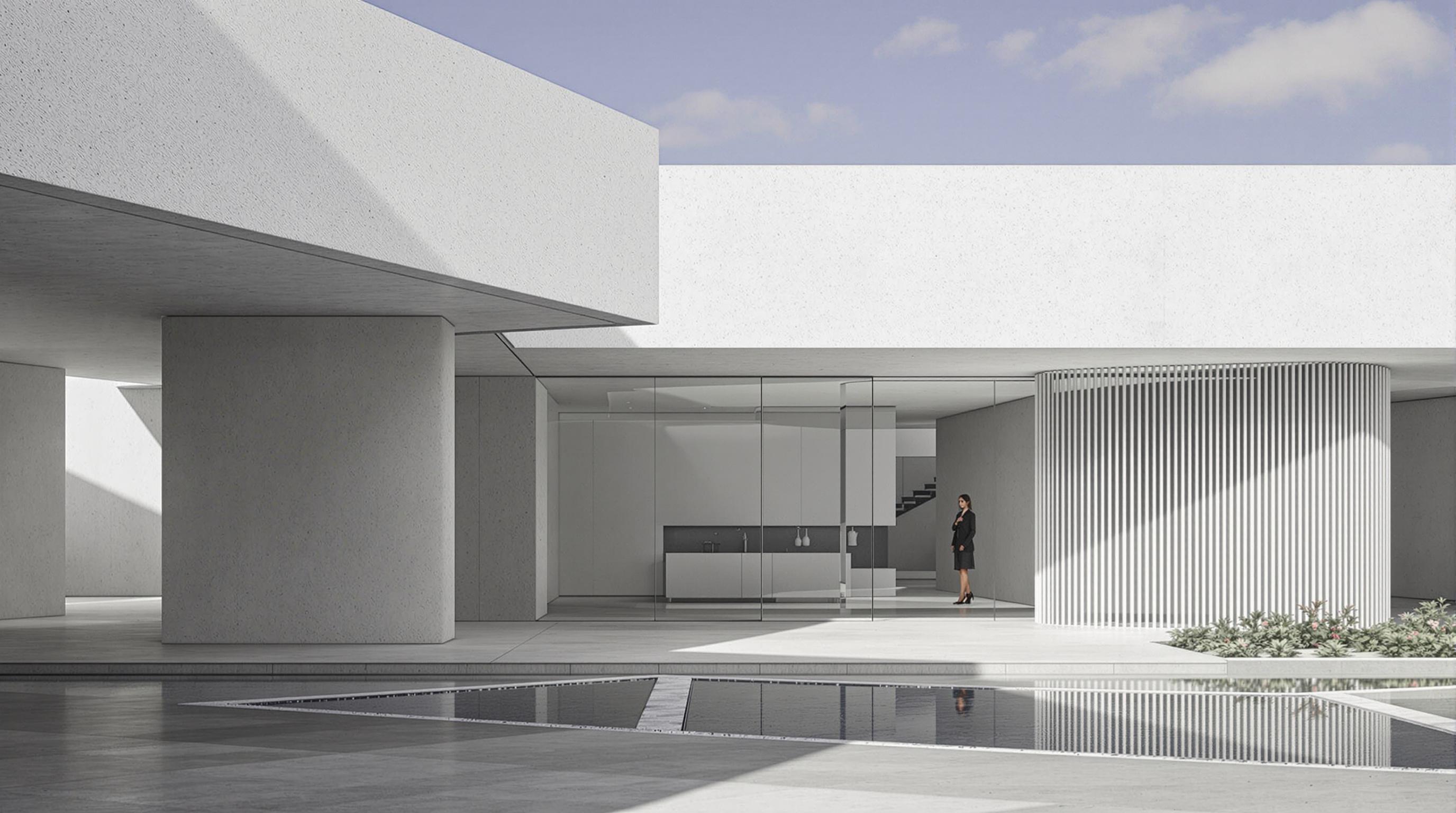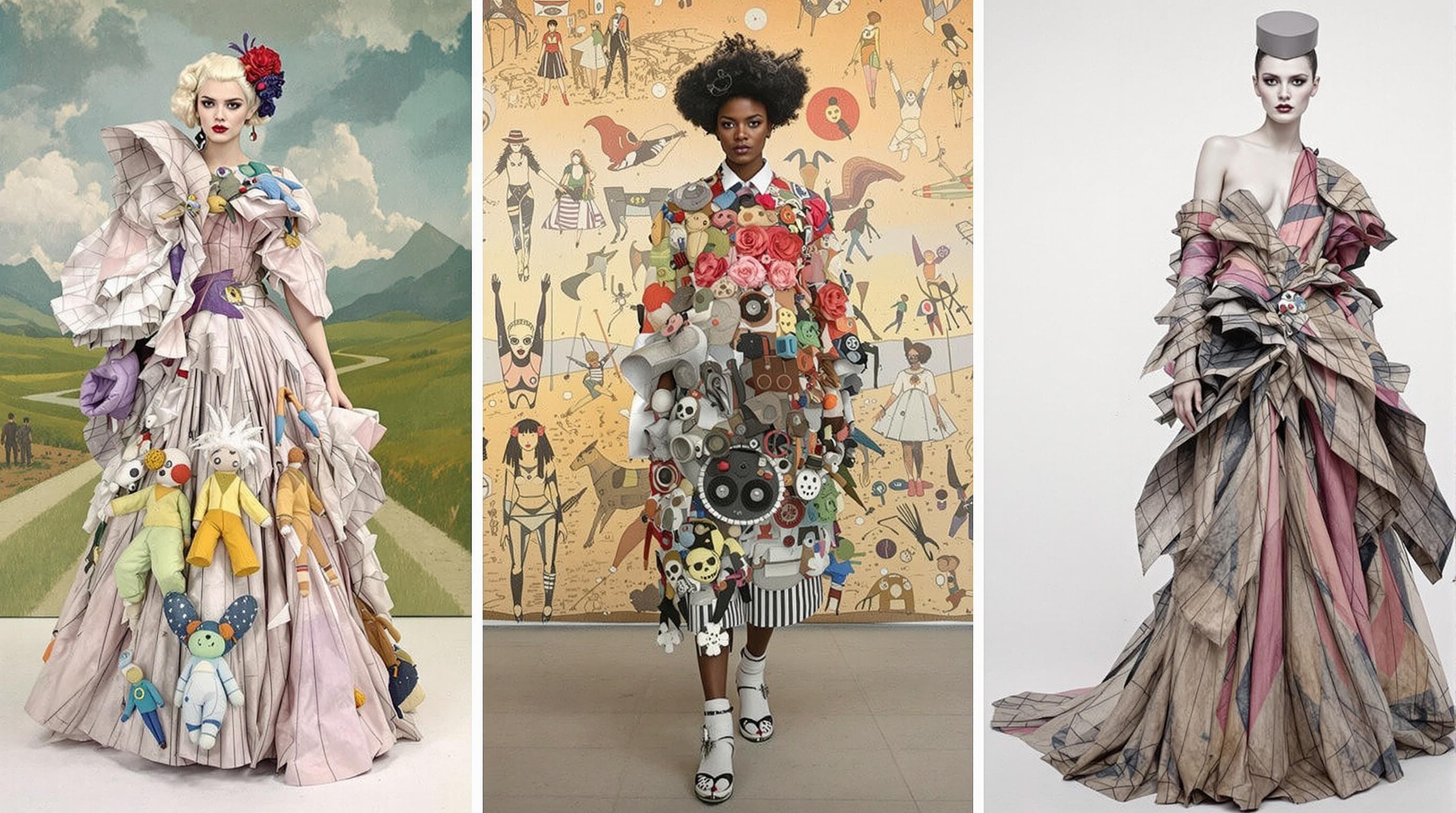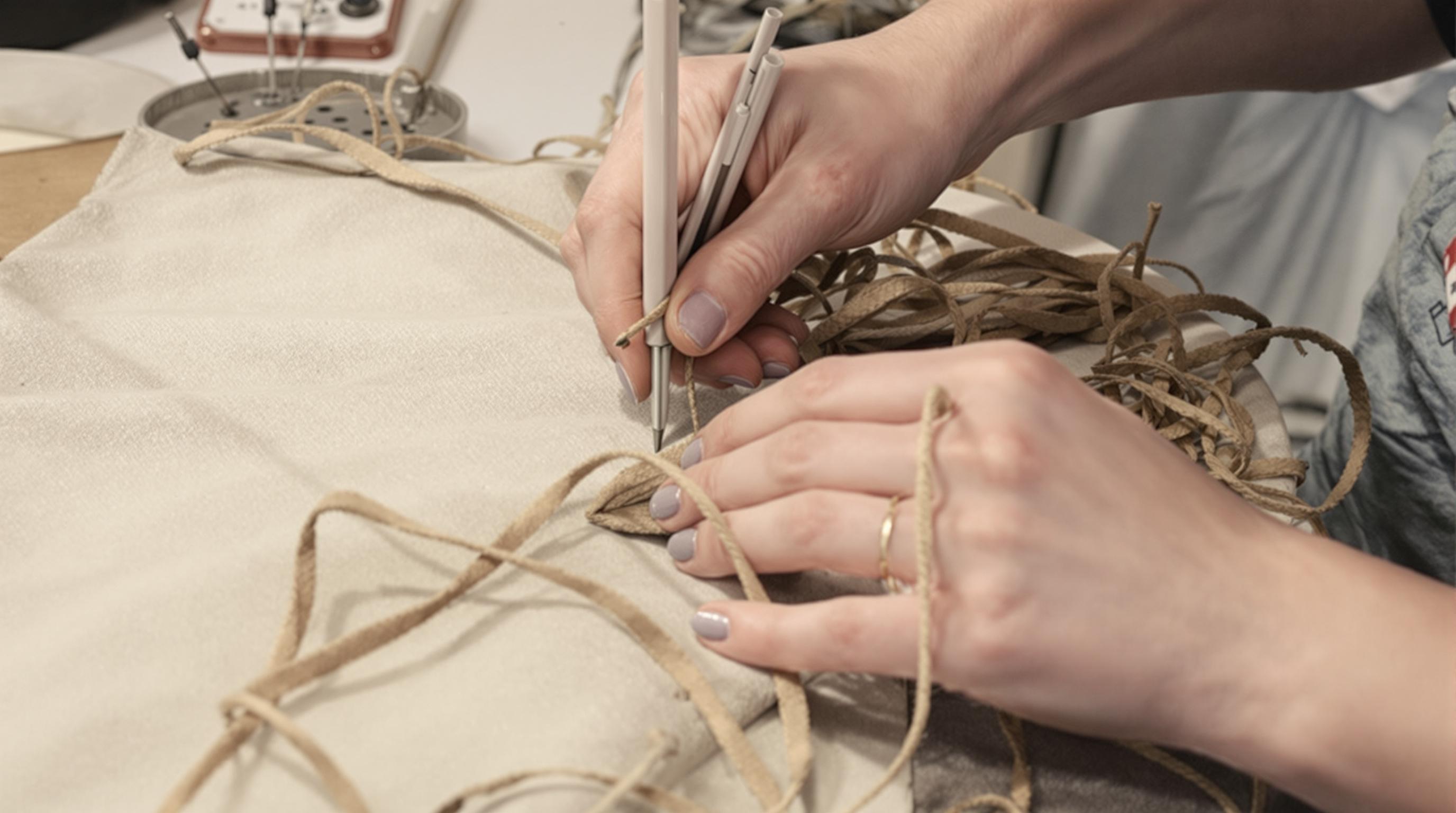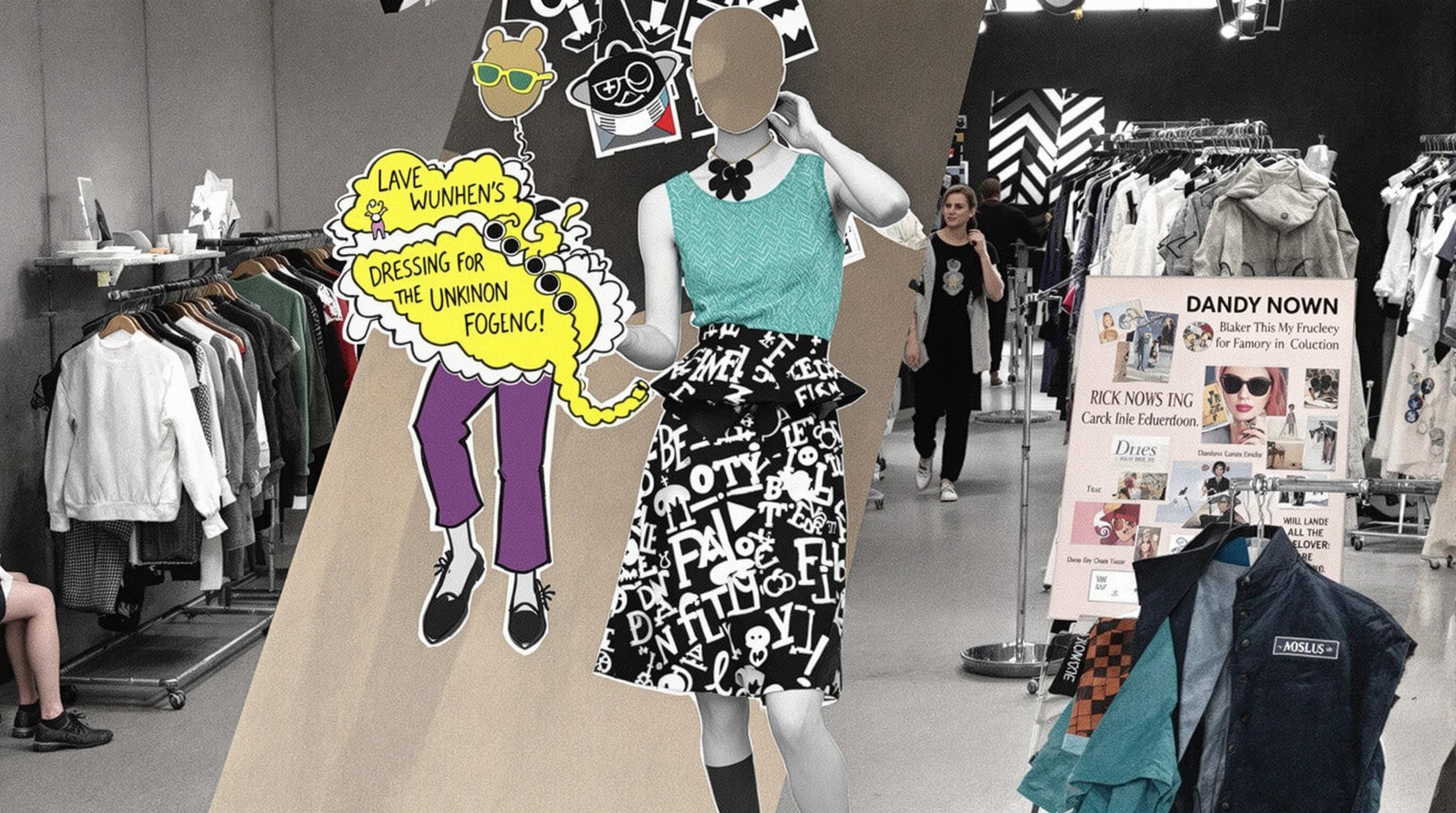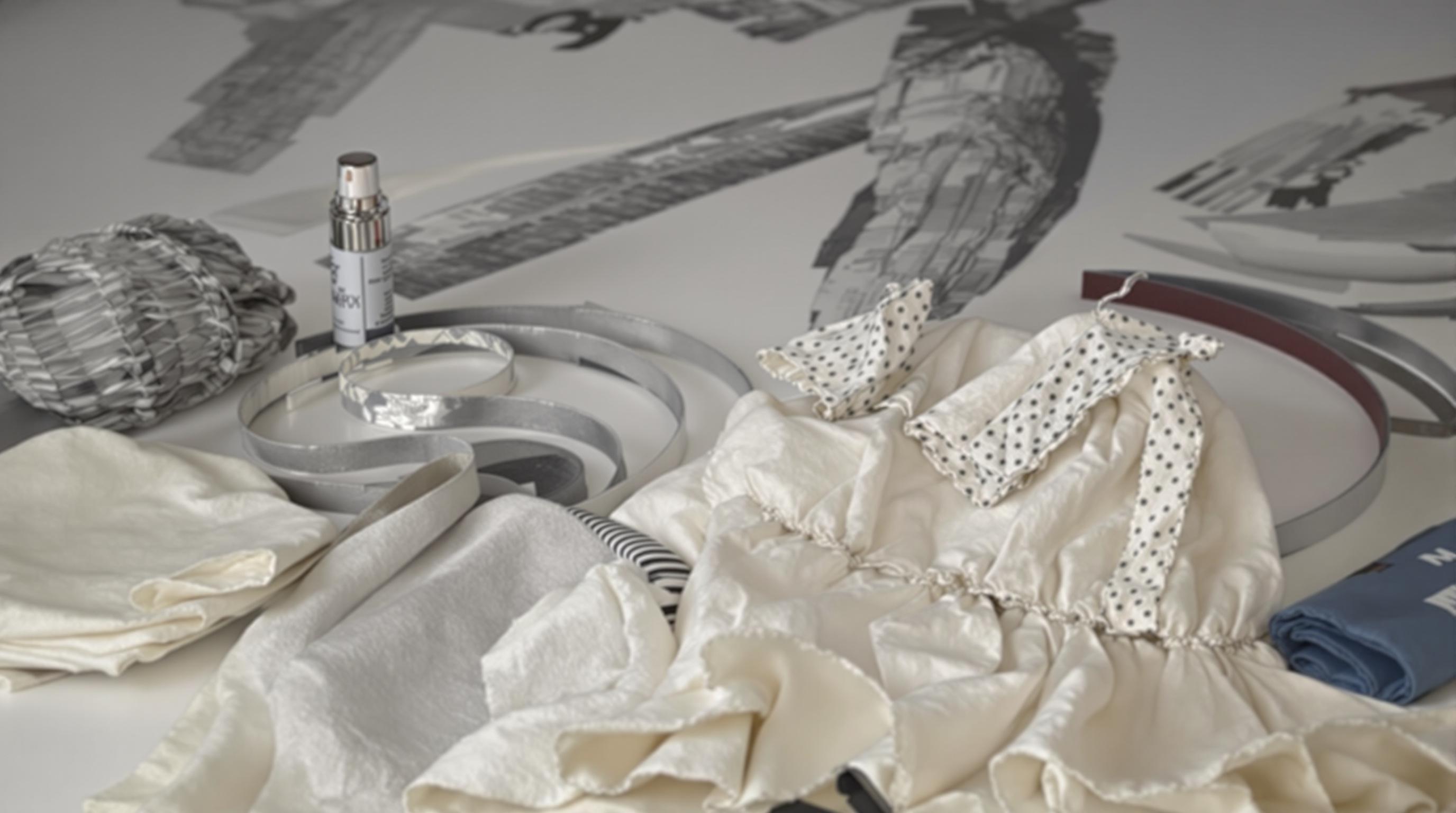Related Articles
- Fashion's Second Skin: The Underbelly of Wearable Tech and Its Surprising Roots in Previous Iconic Styles
- Shadows of Style: The Controversial Anti-Fashion Movements That Shook the Industry from Within
- Silent Statements: The Impact of Minimalism in Fashion's Most Overlooked Decades
- Distorted Reflections: The Role of AI in Shaping Fashion Perceptions and Consumer Trust in 2023
- Dressing the Future: How AI-Generated Designs Could Revolutionize Creativity and Profitability in Fashion
- The Art of Unfashion: How Anti-Fashion Movements are Reshaping Consumer Expectations and Market Strategies
Uncharted Styles: The Role of Minimalist Architecture in Shaping Contemporary Fashion Aesthetics
Uncharted Styles: The Role of Minimalist Architecture in Shaping Contemporary Fashion Aesthetics
Minimalist architecture has emerged as a pivotal influence in contemporary fashion aesthetics, reshaping our visual culture and styles. By drawing upon principles of simplicity, functionality, and an understated elegance, both fields converge to create a striking new landscape in art and design.
Understanding Minimalist Architecture
Minimalist architecture is characterized by an emphasis on simplicity and the stripping away of superfluous elements. Infrastructure today often seeks to reflect rationality, clarity, and honesty. Architectural icons like the Barcelona Pavilion designed by Mies van der Rohe epitomize this approach, emphasizing open spaces, natural light, and a connection to the surrounding environment. In fact, a recent survey indicated that 86% of architects believe that minimalist design promotes well-being and mental clarity (Hertz, 2022).
The Form Follows Function Philosophy
Rooted in the early 20th century, the ethos of "form follows function," popularized by Louis Sullivan, encapsulates the minimalist philosophy. This mantra resonates strongly within contemporary fashion, where the practicality of clothing is placed before embellishment. Consider brands like Everlane and COS, which have garnered a loyal following due to their commitment to timeless styles and functionality. In their clothing lines, the emphasis is often placed on high-quality fabrics and utility over ostentatious designs, thereby embodying the minimalist ethos.
Simplicity in Design as a Fashion Statement
Fashion and architecture, once disparate worlds, have found common ground through minimalist design principles. The integration of clean lines and neutral palettes in both disciplines underscores a desire for authenticity and sustainability. Icons such as architect Tadao Ando collaborate with fashion designers, bridging the gap between these two realms. For instance, the use of raw concrete surfaces in both buildings and runway presentations evokes a sense of durability and longevity.
The Rise of Sustainable Minimalism
The fashion industry is increasingly acknowledging its environmental impact, leading to a surge in sustainable practices. Brands like Patagonia and Reformation prioritize minimalism not just in design but in their sustainable production processes. By reducing waste and focusing on high-quality, timeless pieces instead of fast fashion, these companies echo the minimalist architectural ethos that values sustainability through simplicity. Surprisingly, a study conducted by the Global Fashion Agenda revealed that ethical consumers are likely to value minimalist aesthetics and are willing to pay 40% more for eco-conscious fashion (GFA report, 2023).
Case Study: The Influence of Minimalism in Streetwear
Streetwear, often associated with a vibrant, maximalist aesthetic, has also been influenced by minimalist architecture. Brands like Off-White and A.P.C. demonstrate how street-style can embrace minimalism, featuring logo-centric but clean designs that harken back to architectural purity. A notable example includes the collaboration between fashion designer Virgil Abloh and architect Rem Koolhaas, which explored the intersection of urbanism and fashion, emphasizing a sleek, minimalist approach to streetwear.
Color Psychology and Fashion
Color plays a significant role in both minimalist architecture and fashion. The preferred palettes often consist of monochrome shades, reinforcing the idea that "less is more." Scholars have noted that colors such as white, black, and grey evoke feelings of tranquility and sophistication. In a lively twist, one could argue that wearing all white on a Friday could feel more like a muted art statement than a simple outfit choice. After all, who wouldn't want to channel those peaceful vibes while sipping their third cup of coffee?
The Impact on Cultural Identity
Minimalist architecture and fashion also serve as expressions of cultural identity. In Scandinavian countries, for example, both respects for nature and a commitment to simplicity permeate through their designs. Danish architect Bjarke Ingels emphasizes how architecture can reflect the identity of a place while remaining functional and minimalist. This idea transcends architecture into fashion, where brands like Acne Studios echo this philosophy by creating pieces that resonate with the clean and fresh essence of Scandinavian culture.
Storytelling Through Minimalism
Minimalism isn’t merely a design choice; it's a storytelling device. Just like a single architectural element can denote an entire philosophy, a straightforward outfit can convey a person's lifestyle philosophies. This is particularly potent in the capsule wardrobe trend. Essentially, this means discarding your closet's clutter in favor of a streamlined collection of intermixable pieces that symbolize a simpler, more intentional life. The anecdote of “the woman in a black dress” is a testament: a single black dress can tell many stories, depending on how it’s styled or accessorized.
Humor and Minimalism: A Playful Contrast
If minimalism teaches us anything, it’s that humor has a lofty place too. Perhaps a minimalist wardrobe should include one ironic T-shirt with a whimsical slogan like “I love my clutter!” Sometimes, the clash between the minimalist lifestyle and daily life provides a humorous perspective on our frantic desire to overcomplicate everything. However, the reality is; simplicity allows for a clearer and more focused mindspace! On that note, would anyone care for a minimalist chocolate cake recipe? Just flour, water, and a lot of self-restraint! (Okay, maybe one tablespoon of cocoa powder too!)
A Future Shaped by Minimalism
As the worlds of fashion and architecture continue to intersect, the future looks promising. New generations, like those in their teens and twenties who are increasingly value-driven, seek out brands that embody social responsibility and aesthetic integrity. According to a McKinsey report from 2023, 67% of individuals aged 16-24 prefer brands that embrace a sustainable ethos, aligning themselves with the minimalist approach. These innovative thinkers and creators will no doubt forge paths that intertwine minimalist architecture and design in uncharted ways.
In Conclusion: The Harmonious Connection
As we reflect on the intertwined histories of minimalist architecture and contemporary fashion aesthetics, it becomes clear that less is more, not just in terms of physical design, but in the way we curate our lives. In a world increasingly filled with chaos, clamor, and complexity, the allure of simplicity is compelling. This harmony invites both subjects to coexist in inventive ways, fostering creativity and inspiring future generations to embrace a style rooted in intention and purpose rather than excess. So, the next time you find yourself amidst stark, simplified design—be it in a runway show or an architectural marvel—remember: you’re witnessing an aesthetic revolution that’s here to stay.
